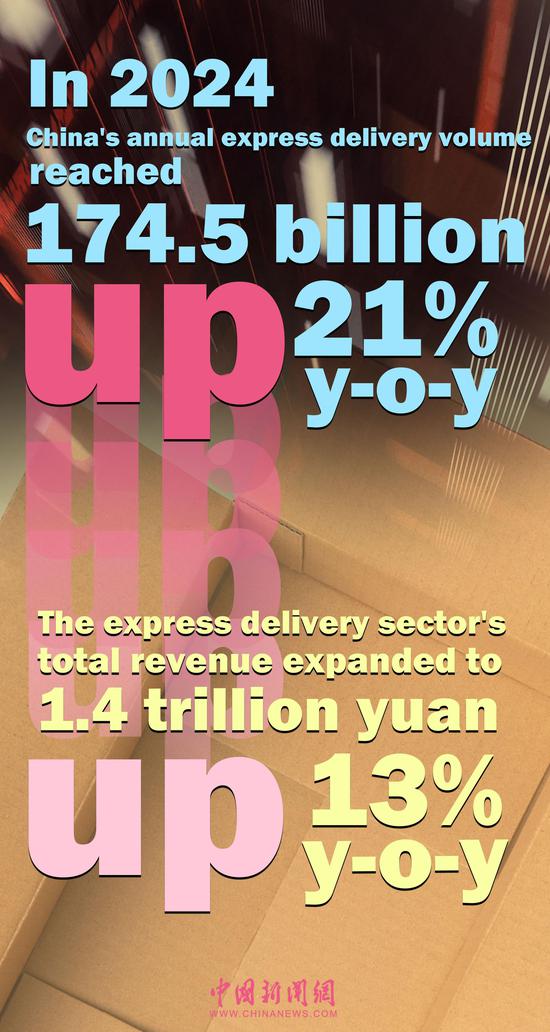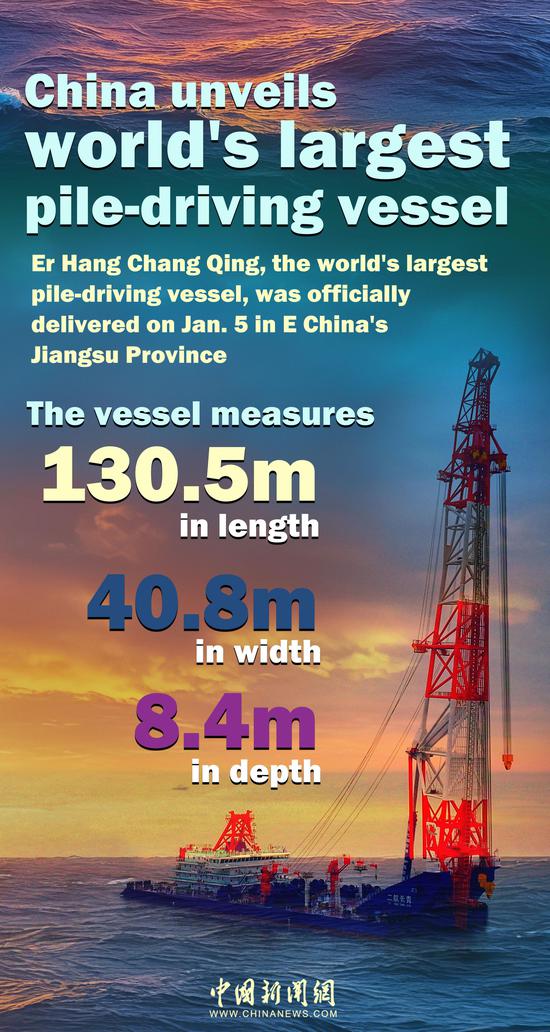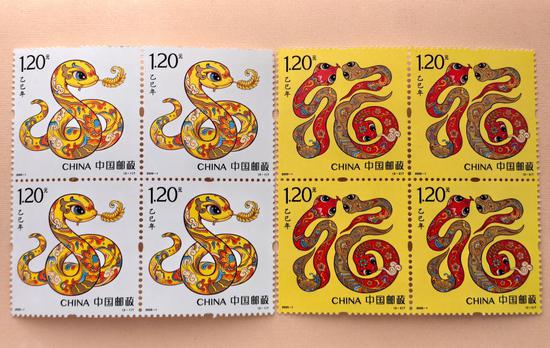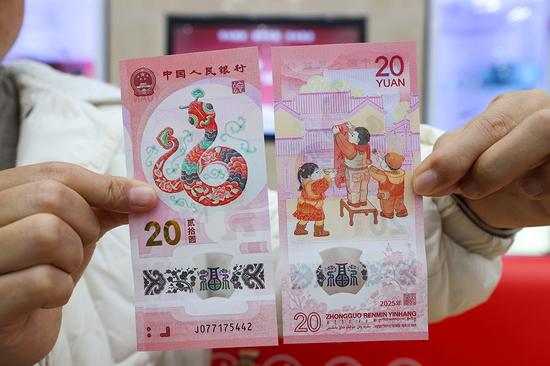The trade relationship between China and the European Union (EU) demonstrated resilience in 2024 despite some trade frictions, as their bilateral trade reached 5,591.5 billion yuan ($762 billion), marking a modest 1.6-percent rise from a year earlier, data from the General Administration of Customs (GAC) showed on Monday.
China's exports to the EU totaled 3,675.1 billion yuan, a year-on-year growth of 4.3 percent, reflecting strong European demand for Chinese goods. Imports from the EU reached 1,916.4 billion yuan, which is down 3.3 percent decrease from a year earlier.
This suggests a recovery in Chinese trade with the Europe in 2024 following a challenging 2023. In 2023, China's trade with the bloc stood at 5,505.9 billion yuan, declining nearly 2 percent from 2022.
According to the data released in December, 2024, the EU continued to be China's second-largest trading partner during the first 11 months of the year. The overall trade balance underscores the enduring strength of China-EU economic ties despite some trade disputes and global market uncertainties, analysts said.
Among the EU member states, Germany maintained its position as one of China's primary key trade partners, with bilateral trade reaching 1,436.4 billion yuan last year. China's exports to Germany rose by 7.8 percent to reach 761.8 billion yuan, while imports from Germany falling by 9.7 percent, per the GAC data.
China has maintained trade growth in its traditional markets such as the EU and the U.S., Wang Lingjun, deputy head of the General Administration of Customs (GAC), said on Monday during a press conference held in Beijing.
The EU is China's largest source of imports for consumer goods and the top export market for China's mechanical and electrical products, Wang said, adding that the close economic and trade ties between the two sides have reinforced the China-EU shared economic interests.
In breakdown, last year China's trade volume rose by 2 percent with France, 4.5 percent with Spain, and 12.9 percent with Hungary, official customs data showed.


















































 京公网安备 11010202009201号
京公网安备 11010202009201号